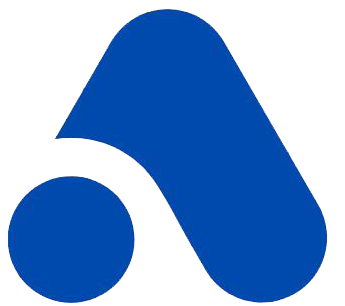Technology Enabled Compliance Tools
Understanding Global Compliance Challenges
Global employers navigate constantly changing regulations. Additionally, cross-border operations increase legal exposure significantly. For example, the Society for Human Resource Management highlights multinational complexities. Furthermore, penalties for non-compliance can be devastating financially. Thus, technology enabled compliance tools provide essential safeguards against these risks.
How Technology Transforms Legal Risk Management
Modern platforms automate regulatory monitoring and reporting. Meanwhile, artificial intelligence scans legal updates across jurisdictions. Subsequently, these systems alert employers about necessary policy changes. For instance, a Harvard Business Review study shows AI reduces compliance costs by 30%. Consequently, businesses achieve better protection through predictive analytics.
Key Features of Effective Compliance Technology
Advanced tools offer several critical capabilities:
- Real-time regulatory monitoring and alerts
- Automated document generation and management
- Centralized policy administration across countries
- Employee training and certification tracking
- Audit trail creation and maintenance
These features ensure comprehensive coverage. Moreover, they integrate seamlessly with existing HR systems.
Reducing Employment Law Risks Through Automation
Automation prevents common compliance failures. For example, automated systems ensure timely filing of required documents. Additionally, they track employee certifications and training requirements. According to international employment law experts, automation reduces errors by 45%. Therefore, technology enabled compliance tools significantly decrease legal vulnerability.
Data Security and Privacy Compliance Solutions
Global data protection regulations require sophisticated approaches. Meanwhile, GDPR, CCPA, and other frameworks demand strict adherence. Fortunately, compliance technology manages consent tracking and data mapping. Furthermore, these tools generate required privacy notices and reports. Consequently, organizations avoid substantial penalties for privacy violations.
Implementing Compliance Technology Successfully
Successful implementation requires careful planning. First, assess current compliance processes and gaps. Next, select tools that match your specific global footprint. Then, phase implementation across regions gradually. Finally, train staff thoroughly on new systems and procedures. Our Resources section offers detailed implementation guides.
Measuring ROI of Compliance Technology
Calculate return on investment through several metrics:
- Reduction in compliance penalties and fines
- Decreased legal consultation costs
- Time savings in compliance activities
- Improved audit outcomes and ratings
Typically, organizations recover technology costs within 18 months.
Future Trends in Compliance Technology
Artificial intelligence and machine learning drive innovation. Additionally, blockchain technology enables secure compliance verification. Meanwhile, predictive analytics identify emerging risks before they materialize. The Deloitte regulatory technology report highlights these advancements. Consequently, technology enabled compliance tools will become increasingly proactive.
Choosing the Right Compliance Technology Partner
Selecting appropriate tools requires careful evaluation. Importantly, consider these factors:
- Global coverage and jurisdiction-specific capabilities
- Integration with existing HR and ERP systems
- Vendor reputation and client references
- Scalability for future business growth
- User experience and training requirements
Our team at Contact Us can help evaluate options.
Frequently Asked Questions
What are technology enabled compliance tools?
These are software platforms that automate legal compliance processes. They monitor regulations, generate required documentation, and ensure adherence across jurisdictions.
How do compliance tools reduce legal risks?
They automate monitoring and reporting, ensure timely filings, maintain audit trails, and reduce human error in compliance activities.
What features should global compliance tools include?
Essential features include multi-jurisdiction monitoring, automated reporting, document management, employee training tracking, and audit capabilities.
Can small businesses benefit from compliance technology?
Absolutely. Scalable solutions exist for businesses of all sizes. Cloud-based platforms make advanced compliance affordable for smaller organizations.
How do I implement compliance technology effectively?
Start with a compliance audit, choose appropriate tools, phase implementation, train staff thoroughly, and continuously monitor effectiveness.
Conclusion: Embracing Compliance Technology
In conclusion, technology enabled compliance tools are essential for global employers. They significantly reduce legal risks through automation and monitoring. Additionally, they provide cost savings and operational efficiencies. Finally, they ensure regulatory adherence across multiple jurisdictions. Therefore, implement these solutions to protect your organization. Book an Appointment with our experts to discuss your compliance needs today.




